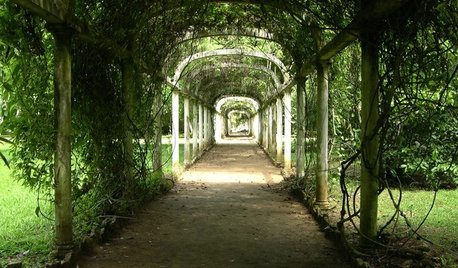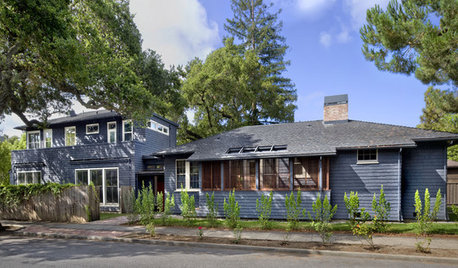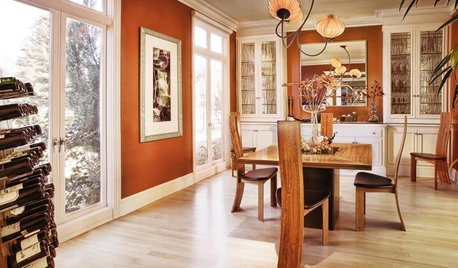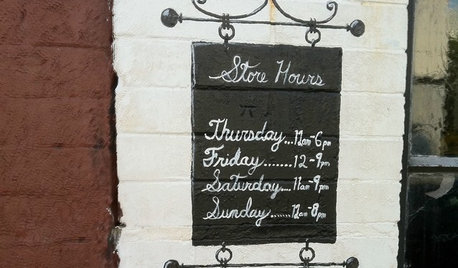Treated Wood
redrabbit
10 years ago
Related Stories

GARDENING AND LANDSCAPINGCreate Nests: Treat Yourself to a Protected Walkway
Turn a garden path into an exploration of inviting nooks and beautiful views
Full Story
ARCHITECTUREStyle Divide: How to Treat Additions to Old Homes?
One side says re-create the past; the other wants unabashedly modern. Weigh in on additions style here
Full Story
BUDGET DECORATINGSimple Pleasures: Treat Yourself to Cut Flowers
Enjoy priceless beauty with just a few inexpensive stems — and you don’t need fancy vases, either
Full Story
SHOP HOUZZHouzz Products: Treat Your Rooms to Orange and Black All Year
It’s no trick. Furnishings and accessories in this bold color pairing keep spaces lively even after Halloween is over
Full Story
EDIBLE GARDENSSee How a Practical Garden Can Be a Visual Treat, Too
A university edible garden overflows with ideas for growing produce and flowers in containers, beds — or a pickup truck
Full Story
ORANGETreat Your Rooms to Pumpkin Pie Orange
Stir some pumpkin colors into your interiors for design deliciousness that lasts well beyond Thanksgiving
Full Story
REMODELING GUIDESTearing Down a Wall? 6 Ways to Treat the Opening
Whether you want a focal point or an invisible transition, these ideas will help your wall opening look great
Full Story
PRODUCT PICKSGuest Picks: Treat Yourself to Teatime Designs
One more reason to quit coffee? Tea accessories are way cooler. Set the kettle on and see what's brewing in tea drinking design
Full Story
SHOP HOUZZA Feast of Treats for Valentine’s Day Breakfast
Give them as gifts or indulge yourself. These goodies from the Houzz Products section will start your day on a romantic note
Full Story
Tricks and Treats for the Eye
Trompe l'oeil: Have some fun with design touches worth a second look
Full StorySponsored
Custom Craftsmanship & Construction Solutions in Franklin County
More Discussions








seysonn
nil13
Related Professionals
Saint Louis Park Landscape Architects & Landscape Designers · Chattanooga Landscape Contractors · Dickinson Landscape Contractors · Fort Worth Landscape Contractors · Oakland Landscape Contractors · Placerville Landscape Contractors · Downey Solar Energy Systems · Selma Solar Energy Systems · Alum Rock Solar Energy Systems · Enumclaw Window Contractors · Suamico Window Contractors · Wixom Window Contractors · Canoga Park Fence Contractors · Chicago Heights Fence Contractors · Salida Fence Contractorsgardengal48 (PNW Z8/9)
redrabbitOriginal Author
seysonn
calistoga_al ca 15 usda 9
nil13
nil13
rebuilder